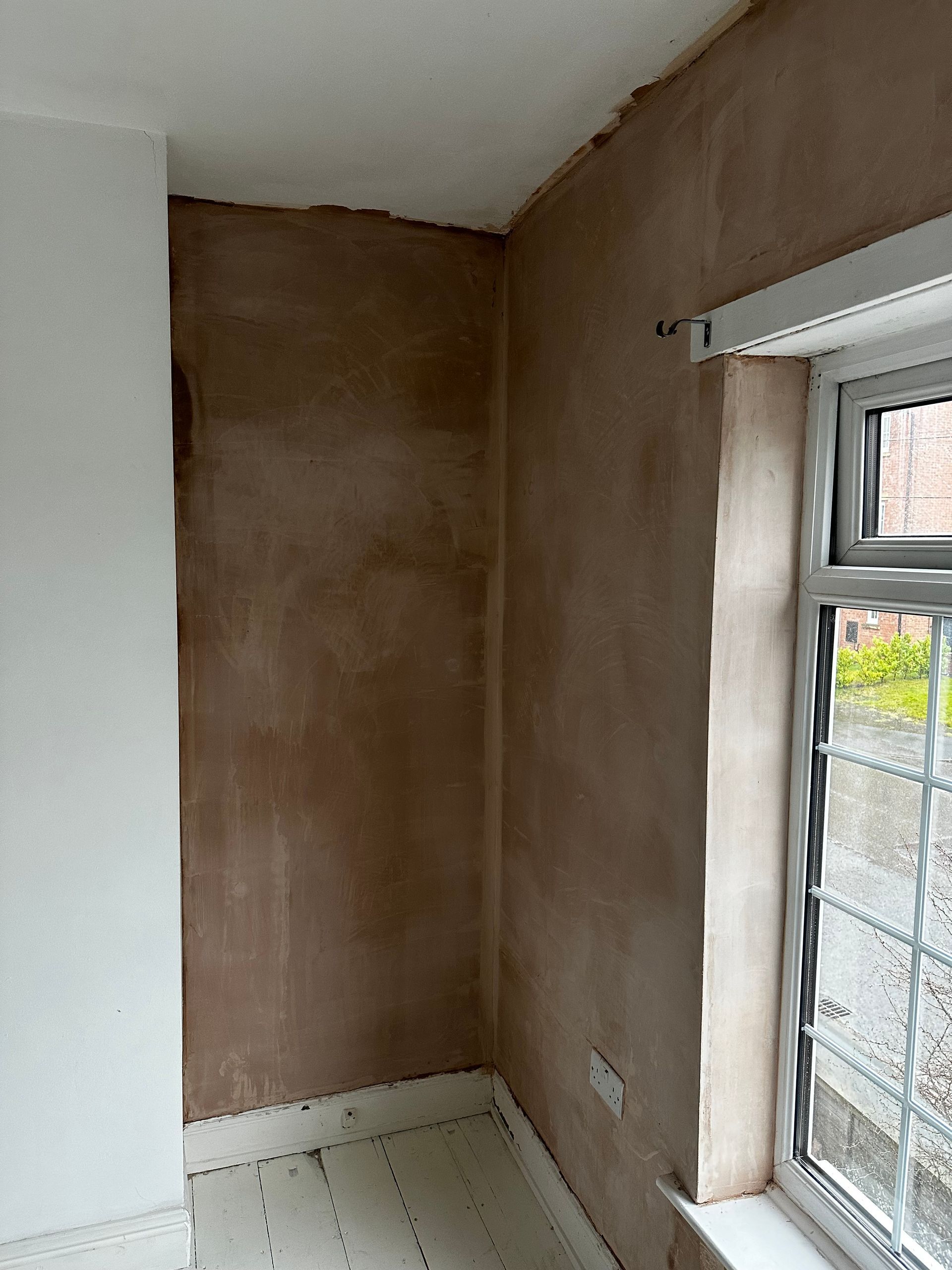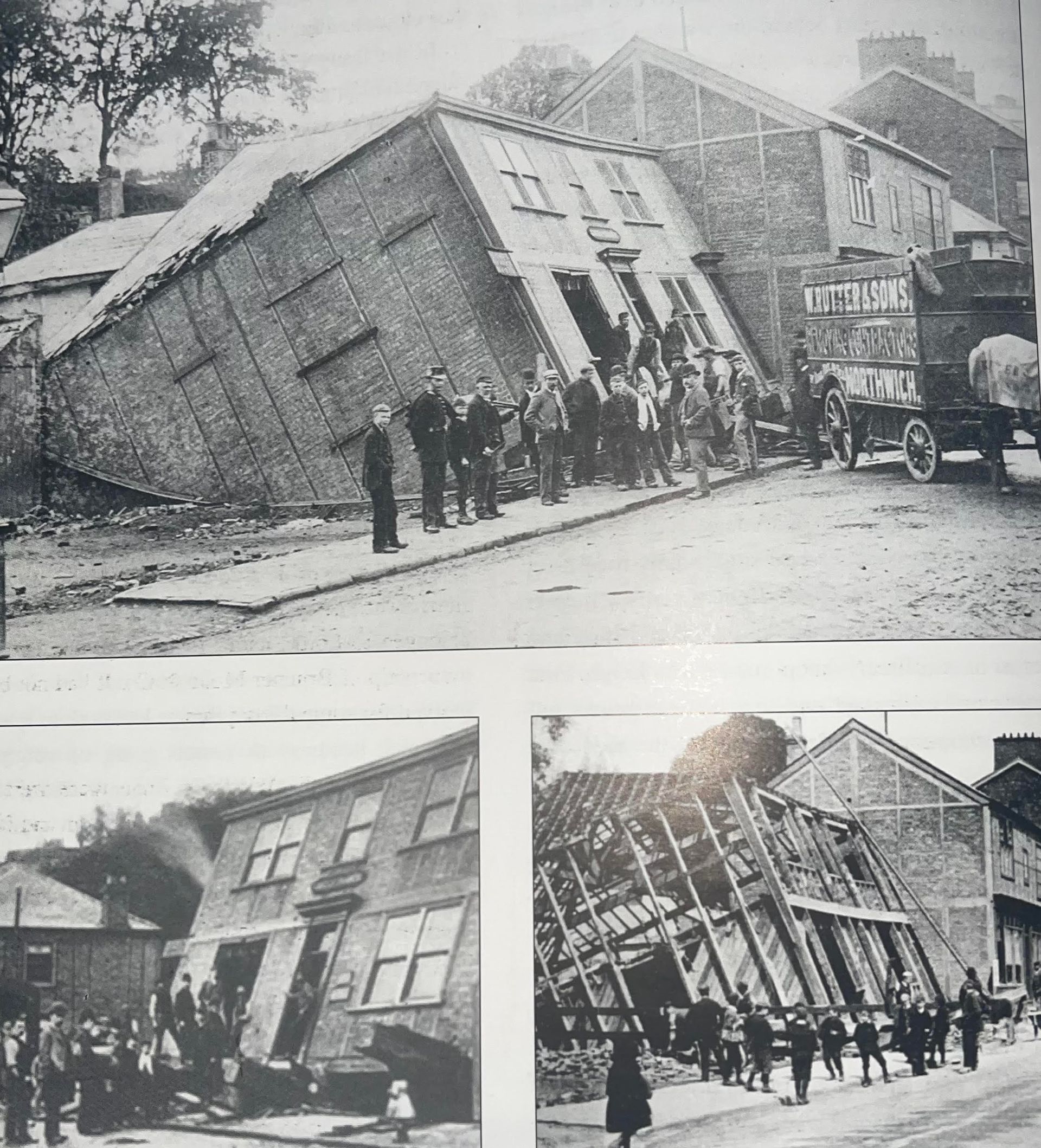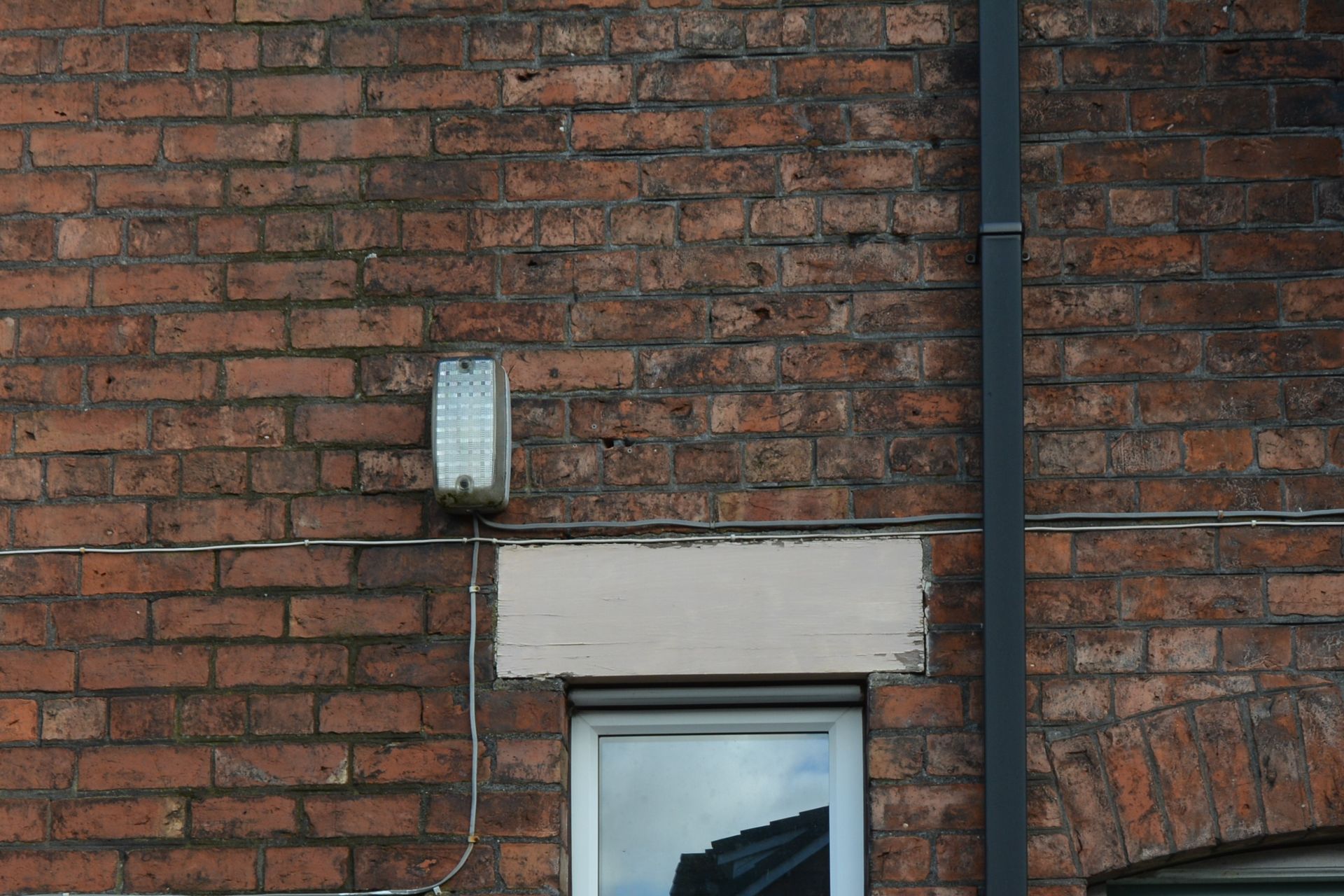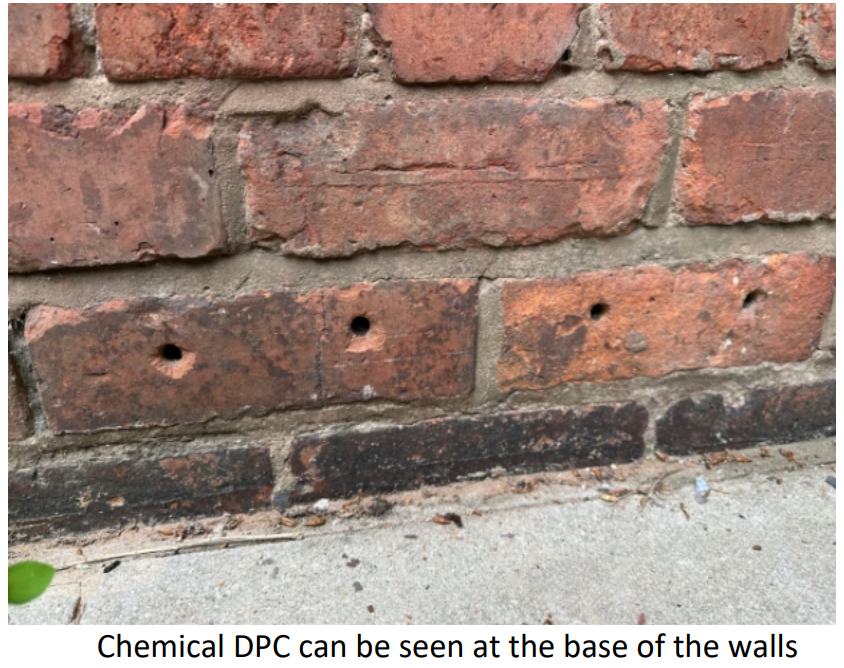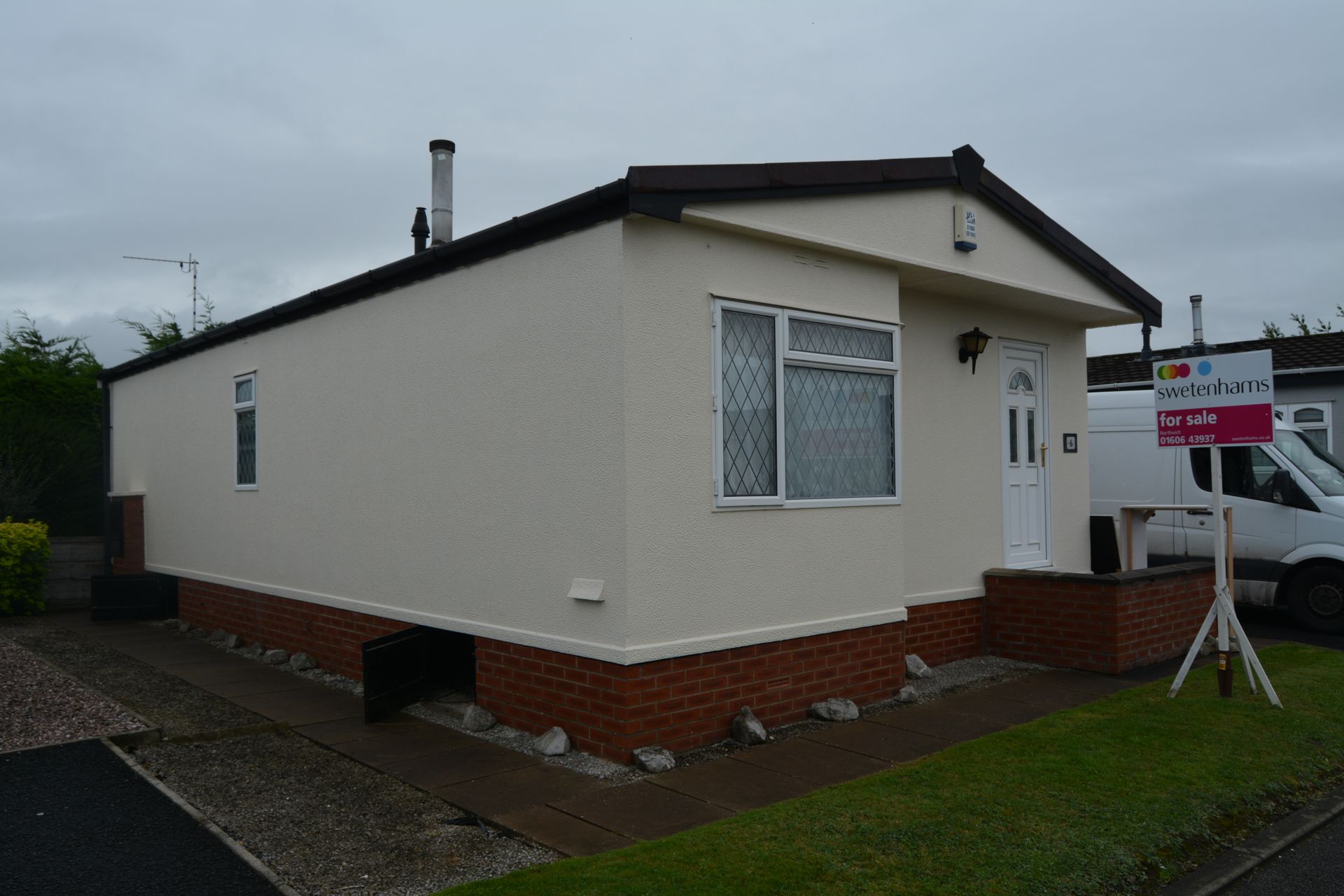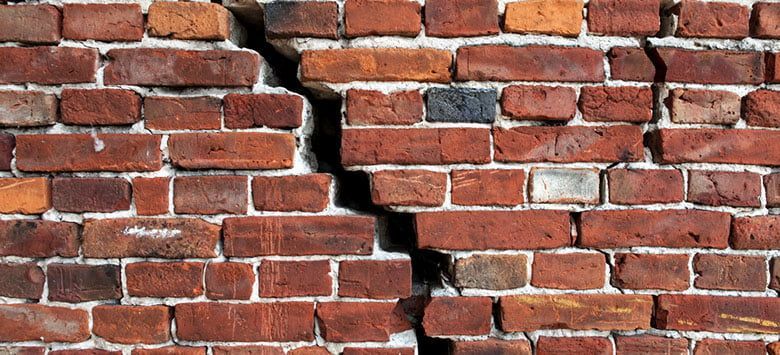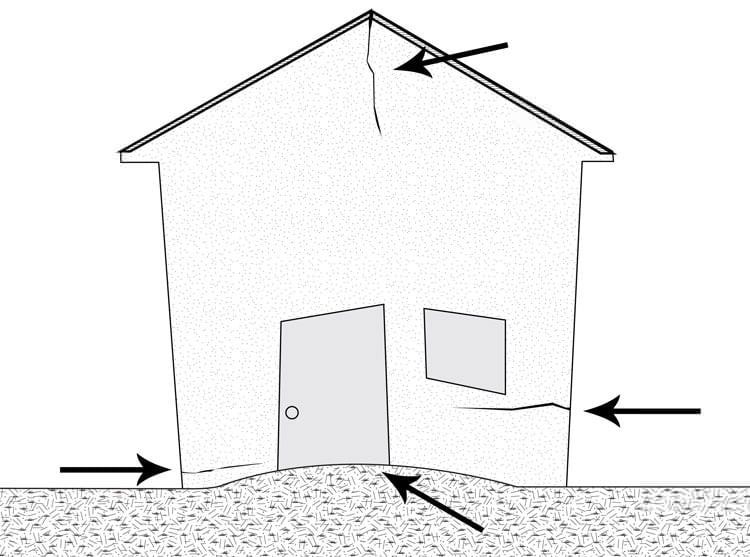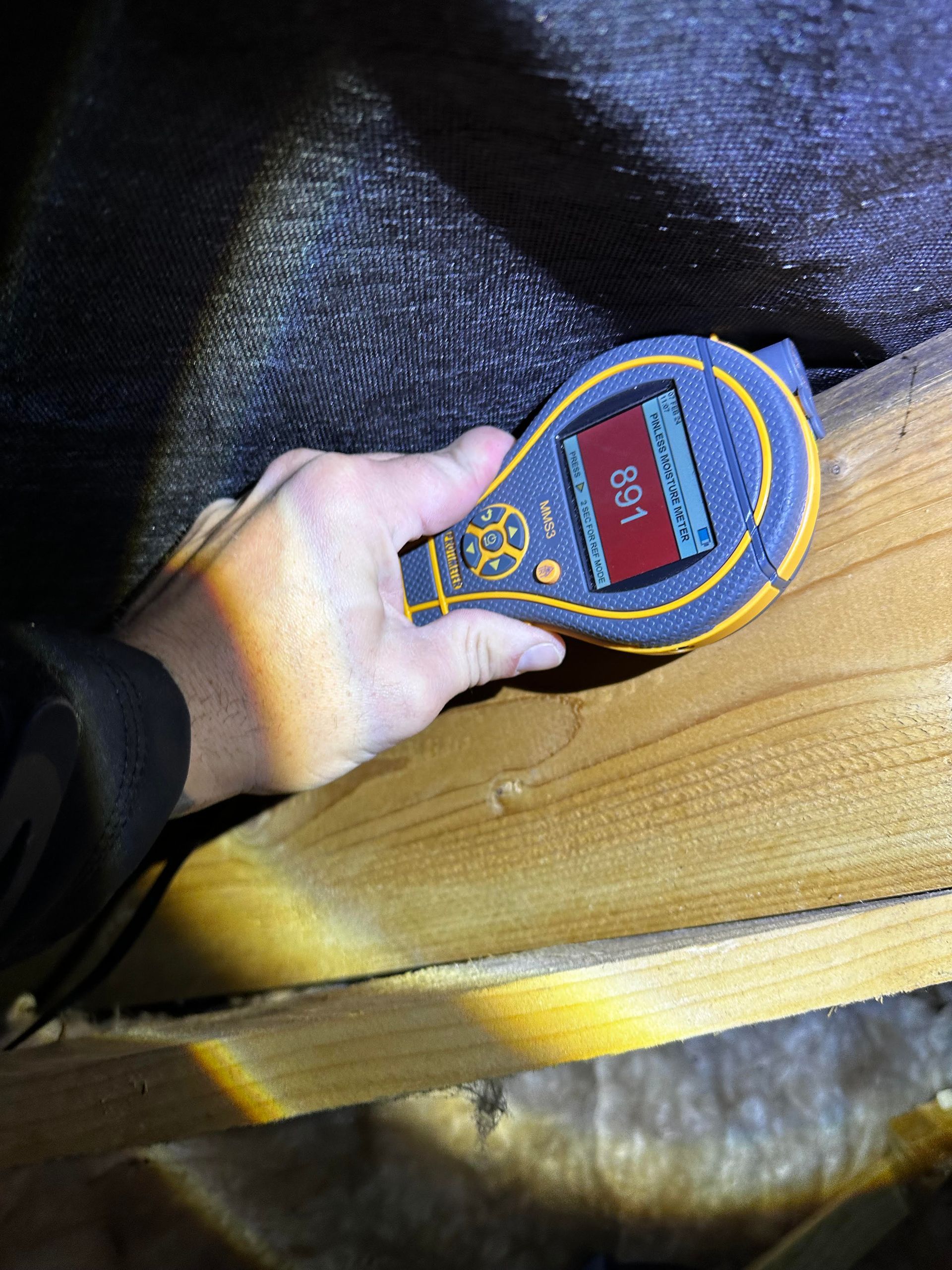Buying a Victorian or Edwardian property?
People often treat period properties like modern or new build homes, but you shouldnt.
This is why.
Below is a list of common defects for the older property, then we will outline what historic England & the IHBC advises for such defects.
- Damp
- Leaking roofs
- Bowing/dishing of roofs
- Leaning/uneven chimney breasts
- Bowing/ bulging brickwork especially to flank and gable walls.
- Rotten timbers
Damp
Most damp surveyors are salesmen, it is very easy to manipulate moisture meter detectors so that walls appear damp. It isn't an easy job detecting or diagnosing 'real' damp, here are a few reasons why:
- Salts & Metals within building materials can cause most moisture meter readers to give off false results
- When walls are covered with multiple layers of wallpaper or anaglypta wallpaper dampness can be present when little to no signs of damp are visible
- Without removing wall coverings such as plaster/plasterboard etc sometimes the surveyors hand is forced to provide an informed guess as to what he, she, they believes the issue stems from.
Simply put there are 4 main types of damp, they are:-
- Rain/penetrating damp = Rain entering the property via walls, floors or roofs.
- Condensation = Moisture produced within the home e.g. cooking, bathing, drying clothes.
- Hygroscopicity = Older building materials may contain moisture loving salts, which attract moisture
- Rising damp = Many institutions including historic england and the BRE regard rising damp as a counterfeit term exploited by modern day dampproof companies (More on this to follow.)
Things you shouldn't do if you have a property that was built prior to 1915 (give or take a few years!)
- Use modern cements for repointing or rebuilding of masonry (Brickwork)
- Use modern forms of dampproofing
- replace slate roofs for concrete tile roofs without adding strength to the existing roof structure
- Paint external brickwork
- Block up chimney breasts without fitting airbricks or capping off chimney pots
- Remove chimney breasts without consulting a structural engineer
- When replacing older timber windows, ensure lintels are present. If not seek, guidance from a structural engineer.
- 'Paint' or apply a membrane over damp surfaces, such as; Floors and walls.
- Block or cover airbricks when properties still have suspended floors (Timber floors)
The importance of ‘breathing’ performance In Victorian & Edwardian Homes
Most traditional buildings are made of permeable materials, and do not incorporate the barriers to external moisture such as cavities, rain-screens, damp-proof courses, vapour barriers and membranes which are all standard in modern construction. As a result, the permeable fabric in historic structures tends to absorb more moisture, which is then released by internal and external evaporation. When traditional buildings are working as they were designed to, the evaporation will keep dampness levels in the building fabric below the levels at which decay can start to develop. This is often colloquially referred to as a ‘breathing’ building. If properly maintained a ‘breathing’ building has definite advantages over a modern impermeable building. Permeable materials such as lime and/or earth based mortars, renders, plasters and limewash act as a buffer for environmental moisture, absorbing it from the air when humidity is high, and releasing it when the air is dry. Modern construction relies on mechanical extraction to remove water vapour formed by the activities of occupants. As traditional buildings need to ‘breathe’, the use of vapour barriers and many materials commonly found in modern buildings must be avoided when making improvements to energy efficiency, as these materials can trap and hold moisture and create problems for the building. The use of modern materials, if essential, needs to be based upon an informed analysis where the implications of their inclusion and the risk of problems are fully understood. It is also important that buildings are well maintained, otherwise improvements made in energy efficiency will be cancelled out by the problems associated with water ingress and/or excessive draughts. (Some information was taken and quoted from) - Clements, R. 2012. Historic England.
To conclude, we do not recommend purchasing a property pre 1950/60's if you wish to just move in and 'live' without extra maintenance which is usually not needed in modern homes. It is important to seek advice from a professional before making any key changes to any buildings, especially Victorian and Edwardian properties (or older!)
Residential Survey Group has a keen interest and specialises in older properties, always feel free to contact us for any impartial advice, and
when possible, we'll often chat and offer recommendations for free! - Especially if we can de-bunk any 'Miracle' damp solutions being offered by sales people often marketed as surveyors.

Home Surveys in Northwich, Middlewich & Winsford – What You Need to Know (and What They Should Cost)
